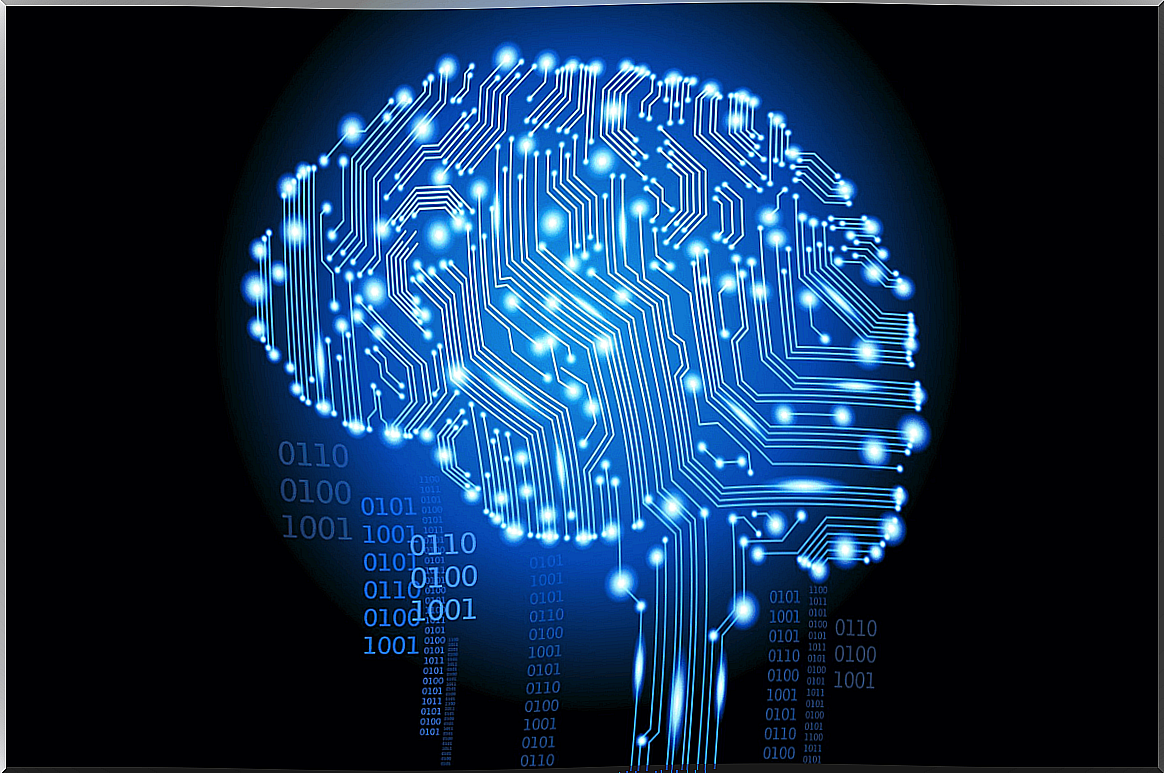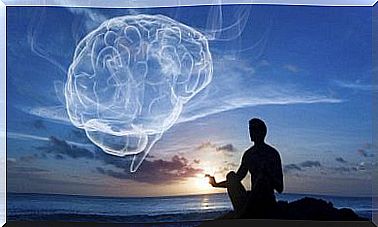Computational Thinking: What Is It?

Computational thinking is a competition that can open many doors for us in the future. Knowing how to formulate problems, organize information logically or think abstractly are basic processes that formulate this highly valuable cognitive approach. In an increasingly complex world, we undoubtedly need to know how to handle the challenges presented by the environment.
Does this mean learning to think like machines do? Not really. This type of approach also integrates many of those areas that artificial intelligence does not reach or handle at the moment. Because computational reasoning also includes lateral thinking, knowing how to handle emotional variables and, above all, understanding human behavior.
Thus, beyond the term “computational” that resonates with that universe of logarithms, chips and subroutines of a sophisticated computer, what this current is looking for is something else. What this perspective aims to do is to face all the problems that may arise in the coming years by uniting technology and humanity, needs with answers, challenges with innovative proposals.
We analyze this topic a little more.

Computational Thinking: definition, characteristics and purpose
Computational thinking is a term that has its origin in the theories of Seymour Papert, a pioneer in the field of artificial intelligence and inventor of the Logo programming language in 1968. It was he who proposed as early as 1995 the need to reformulate education to adapt the arrival of computers and their language to the school curriculum and thus be able to give the world people trained in the field of computing.
However, while Dr. Papert laid the foundations for this approach throughout the 1990s, it was Dr. Jeannette Wing who developed this idea much further after his death. This computer engineer and former vice president of Microsoft, explains in her research work as Computational thinking and thinking about computing, that computational thinking will influence all fields of activity.
She, too, insists on an idea: this new competence must be integrated into school education. It is one more essential skill that will backbone any area in the future : engineering, humanities, science… So let’s see what computational thinking consists of.
What exactly?
Computational thinking is a high-level cognitive process that allows us to think scientifically when solving a problem. For example, something we know is that computers and new technologies make our lives easier by solving multiple challenges. However, it is necessary to go ahead of them.
Furthermore, something that Dr. Jeannete Wing points out to us is that we must understand how machines “think” in order to improve their operation in the future. It is knowing how to combine natural processes with artificial ones, our intuition and lateral thinking with those cognitive processes extracted from computing.
Characteristics of computational thinking
This type of perspective would consist of developing a series of executive functions that, in reality, we already use in our day to day life. Only we are not aware of them nor do we get the full potential they deserve. After all, nothing can be more enriching than “learning to think better”. Thanks to this, we would solve everyday challenges in a more innovative way.
Computational thinking is based on four basic axes and they are the following:
- Decompose : Every problem is made up of small parts that can be divided to better understand them.
- Knowing how to recognize patterns: every phenomenon, every experience, stimulus, problem or circumstance usually follows an internal scheme and responds to a pattern that we can identify.
- Abstract thinking. This type of reasoning is unique to the human being. Thanks to it we can create original ideas or even more interesting, foresee situations or scenarios to know how we would act in those circumstances.
- Algorithms An algorithm is a plan, a set of steps or schemes that allow us to solve a problem step by step. Thanks to them we were able to elaborate a series of clear and simple instructions with which to face any crossroads. There are also aspects that define them, such as, for example, that they always have a finite number of steps, that are oriented to an end and that are specific (not ambiguous).
The steps that define it
When using computational thinking, in addition to knowing those dimensions that define it and that we have already analyzed, we must understand another aspect. It is important to know the sequence you usually follow. Let’s take note:
- Analysis. Every starting point when solving a problem always starts from a deep preliminary analysis.
- Abstraction. The second step is knowing how to formulate the problem. What is happening? Is there a pattern? What strategy can I design? What comes to mind from past experiences or related to this same situation?
- Expression of the solution or proposal. After the mental design of the strategy to follow, it is time to apply it, to put it to the test.
- Evaluation. After the execution, it is time to evaluate. Have I obtained the desired result or can I improve it?
- Generalize and transfer. By evaluating the success of what I have obtained, I can use what I have developed to apply it to other areas.

The importance of learning to think
Daniel Kahneman, a psychologist, Nobel Prize winner and one of the most important thinkers in the world, points out that today there are many people who make decisions without reason (on impulse) or even more so: they vote without knowing who they are voting for. Nothing can be as decisive as teaching new generations to think, to have a critical perspective on things or to know how to observe reality from a more analytical and reflective perspective.
Computational thinking is the impetus for the future. Not only will it allow us to solve problems more intelligently, but it will also allow us to stay ahead of artificial intelligence to always place the world of technology at the service of humanity. Let’s keep it in mind.









